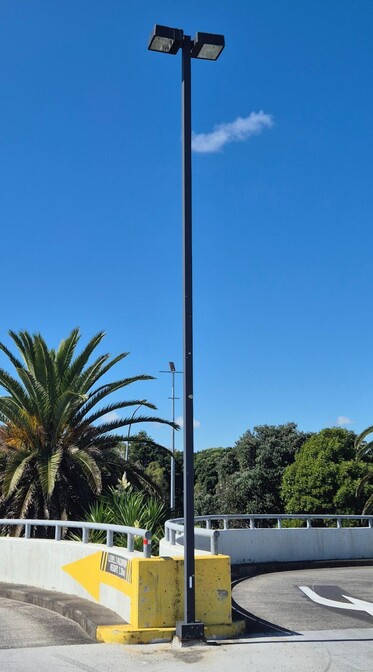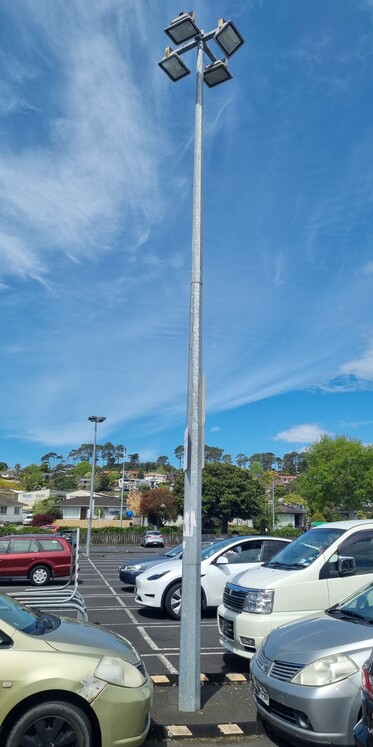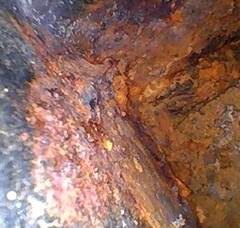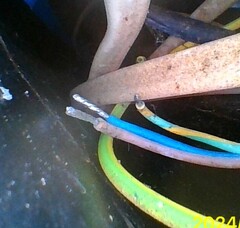Lamp Post Surveys
Car park lamp posts (also known as light poles) are found throughout New Zealand. Unfortunately, they are rarely maintained properly, and over time can be subject to a variety of defects, which have led to dangerous collapses in a number of instances across the country. Defects include age-related deterioration of materials (such as steel corrosion); damage in-use (such as vehicle impact damage); and installation defects resultant from poor workmanship and a lack of understanding of how they perform.
Pinnacle Building Consultancy has extensive experience of lamp post defects, having inspected more than 600 across the country. Please explore this page to find out more about the principal types and common defects.
Lamp posts / light poles need regular inspection and frequent maintenance to prevent them being hazardous to the people around them. Much of the risk exists within the pole, and cannot be seen without specialist tools. Obtaining a thorough lamp post survey is the first step to mitigating the risks that a poor condition post may present.
Square Hollow Section
This lamp post is ubiquitous across the country, and comes in two principal types: 3mm and 5mm gauge.
They are typically fixed into a concrete pad using hold down bolts through a base plate with a standard, crown or flange weld to the pole.
Typical defects include internal and external corrosion, corroded, missing / loose nuts, bolts, washers and corroded base plates. In addition corroded lamp brackets, spigots and housings
Octagonal Steel
Typically used on highways, this lamp post comprises 2mm gauge galvanised steel, with overlapping friction fitted sections. Where used in car parks, they are generally installed to a lower specification than on highways, and are cast into a concrete pad.
Typical defects include corrosion of the steel at low level, filling with water internally, and vehicle impact causing compression of the post.
Round Hollow Section
The round hollow section lamp post is typically of 4-5mm gauge steel. They are either cast into concrete pads, or fixed using hold-down bolts. They are either factory coated or galvanised.
These are usually resilient posts, and we rarely see serious defects with them, although they can be prone to internal and external corrosion.
Concrete
Reinforced concrete lamp posts are usually greater than 30 years old. They are either hollow (and prone to filling with water) or solid concrete with a small cavity for the electrical fudse. We observe corrosion of steel reinforcement, cracking of the concrete and vehicle impact damage. Internal access plates for electrical work are usually poorly fitting due to age.
How can Pinnacle help?
We use a variety of structural inspection tools and equipment to inspect car park lamp posts from top to base, ensuring we can pick up any defect - internal or external, latent or patent. We provide clear evidence of our findings, and commercial advice to ensure the safety and performance of the lamp posts into the long term.
Typical Defects














